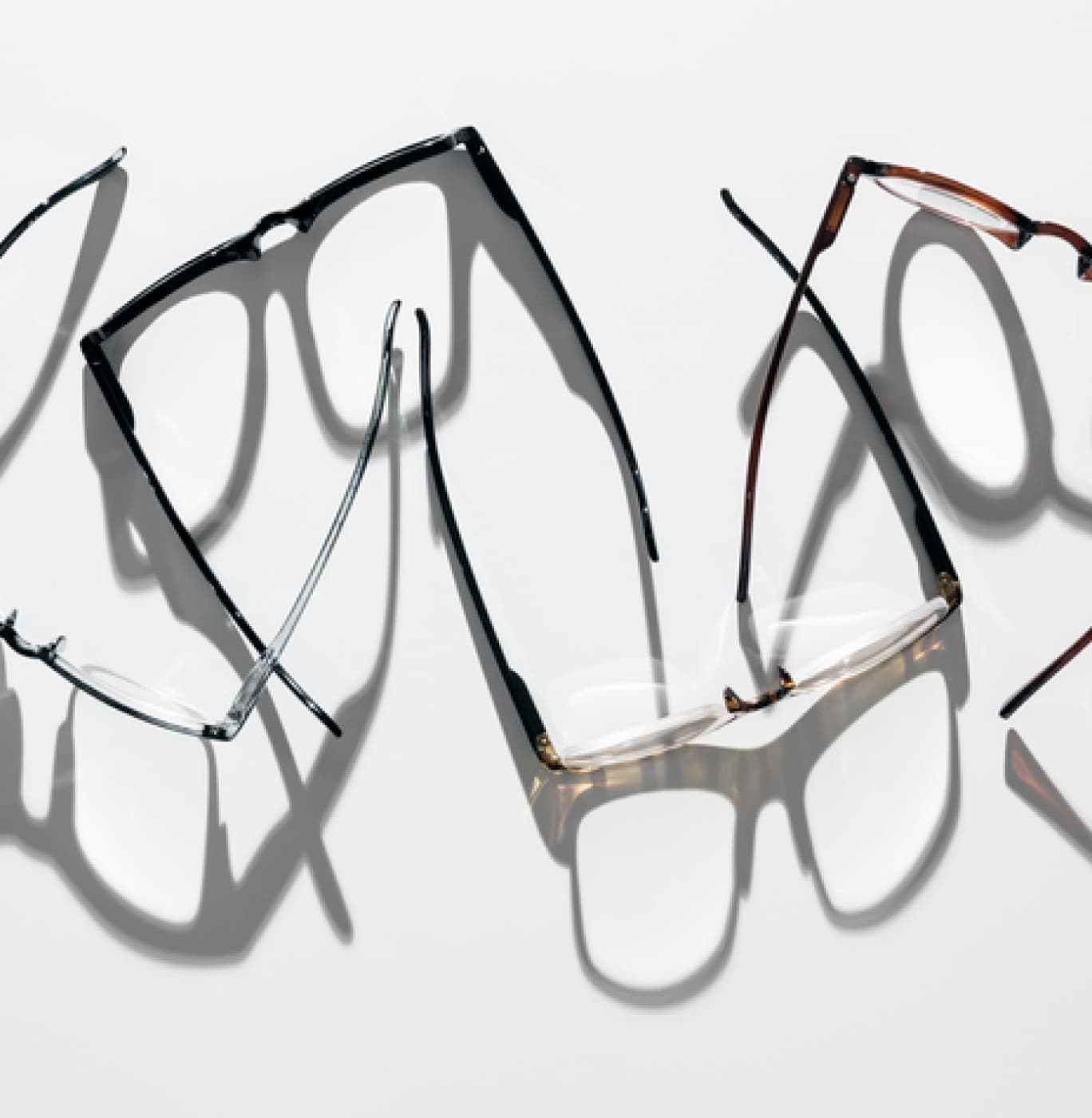Swoboda widzenia, na jaką zasługujesz
Leczenie krótkowzroczności za pomocą wszczepialnych soczewek kontaktowych.

Szeroki zakres leczenia
Soczewki kontaktowe i okulary mogą być uciążliwe i ograniczają. Wszczepialne soczewki kontaktowe mogą korygować szeroki zakres wad wzroku – od łagodnej krótkowzroczności po zaawansowaną.
Wszczepialne soczewki kontaktowe (ICL) vs LASIK vs PRK
Wybór najlepszego rozwiązania dla korekcji wzroku może być trudny. Dowiedz się, jakie są różnice między procedurami i sprawdź, czy wszczepialne soczewki kontaktowe są odpowiednie dla Ciebie.
ICL
LASIK
PRK
Doświadczenie pacjenta
ICL
LASIK
PRK
Środki bezpieczeństwa
ICL
LASIK
PRK
*Elastyczność może być ograniczona, jeśli przyszłe procedury obejmują rogówkę.
References
1. Zhang H, Deng Y, Ma K, Yin H, Tang J. Analysis on the changes of objective indicators of dry eye after implantable collamer lens (ICL) implantation surgery. Graefes Arch Clin Exp Ophthalmol. 2024 Jul;262(7):2321-2328.
2. Shoja MR, Besharati MR. Dry eye after LASIK for myopia: Incidence and risk factors. Eur J Ophthalmol. 2007;17(1):1-6.
3. Lee JB, Ryu CH, Kim JH, et al. Comparison of tear secretion and tear film instability after photorefractive keratectomy and laser in situ keratomileusis. Journal of Cataract and Refractive Surgery. 2000;26(9):1326-1331.
Szybka procedura
Procedura wszczepienia soczewek kontaktowych jest minimalnie inwazyjna i szybko zyskuje popularność jako preferowana metoda korekcji wzroku na całym świecie. Zazwyczaj pacjenci wracają do domu tego samego dnia i w ciągu 1–2 dni do codziennych aktywności.
Gotowy(-a), aby odkryć swobodę widzenia z wszczepialnym soczewkom kontaktowym? Znajdź lekarza już dziś.
Wybierz swój region
Latin America
Przypisy
- Zhang H, Deng Y, Ma K, Yin H, Tang J. Analysis on the changes of objective indicators of dry eye after implantable
collamer lens (ICL) implantation surgery. Graefes Arch Clin Exp Ophthalmol. 2024 Jul;262(7):2321-2328.
